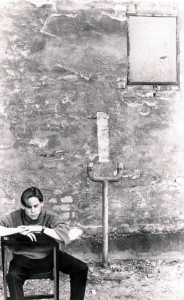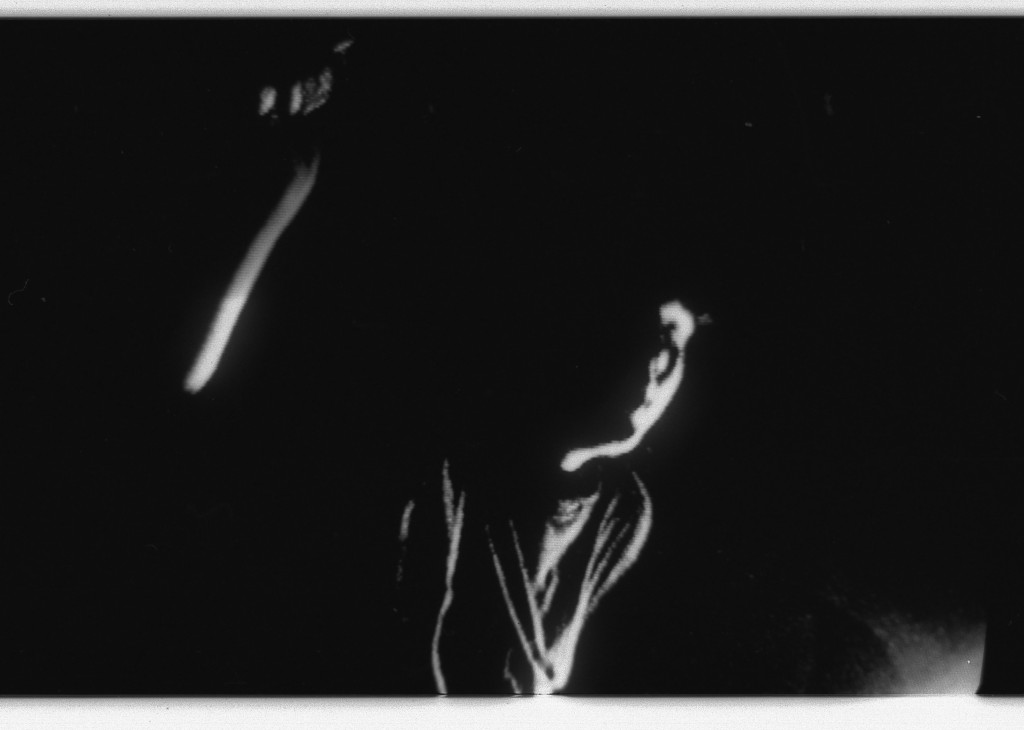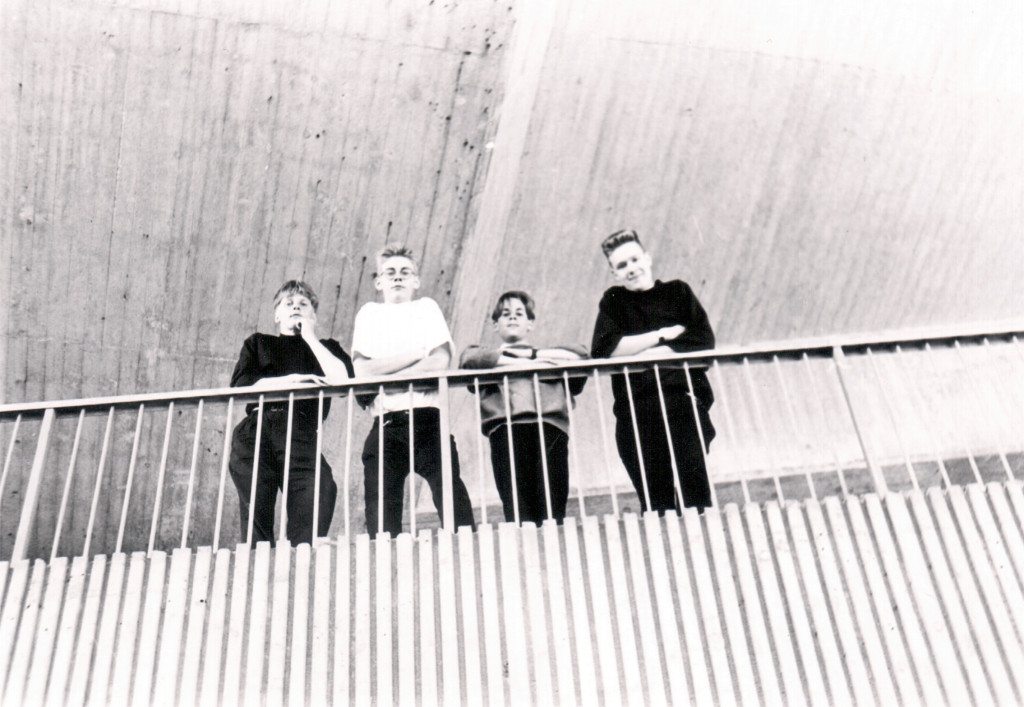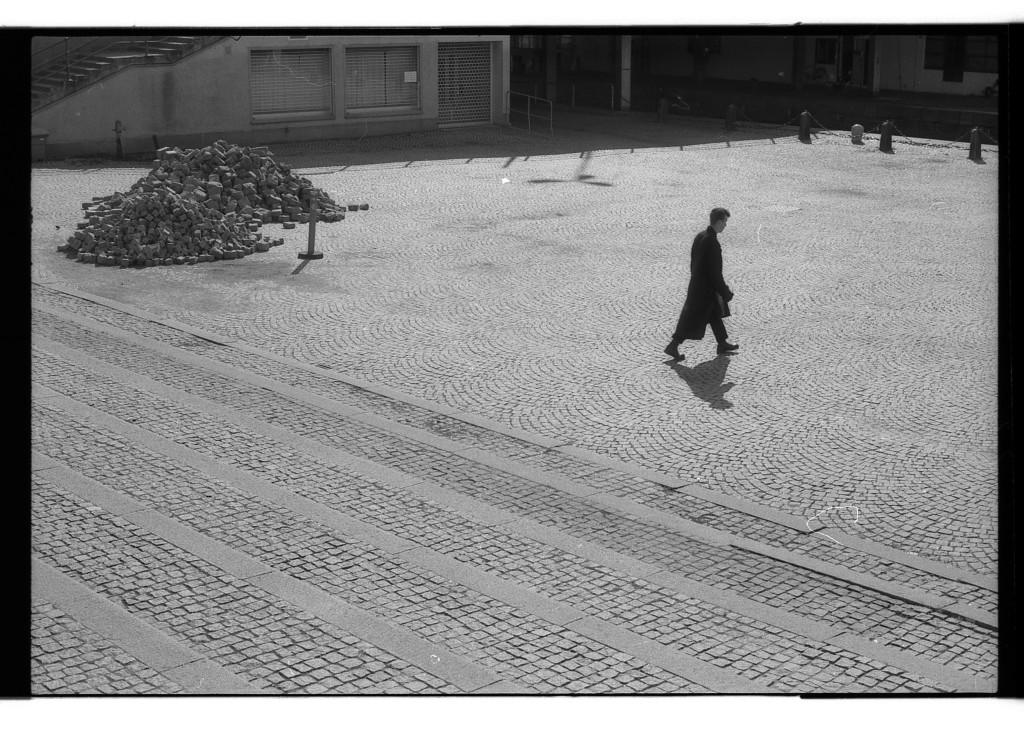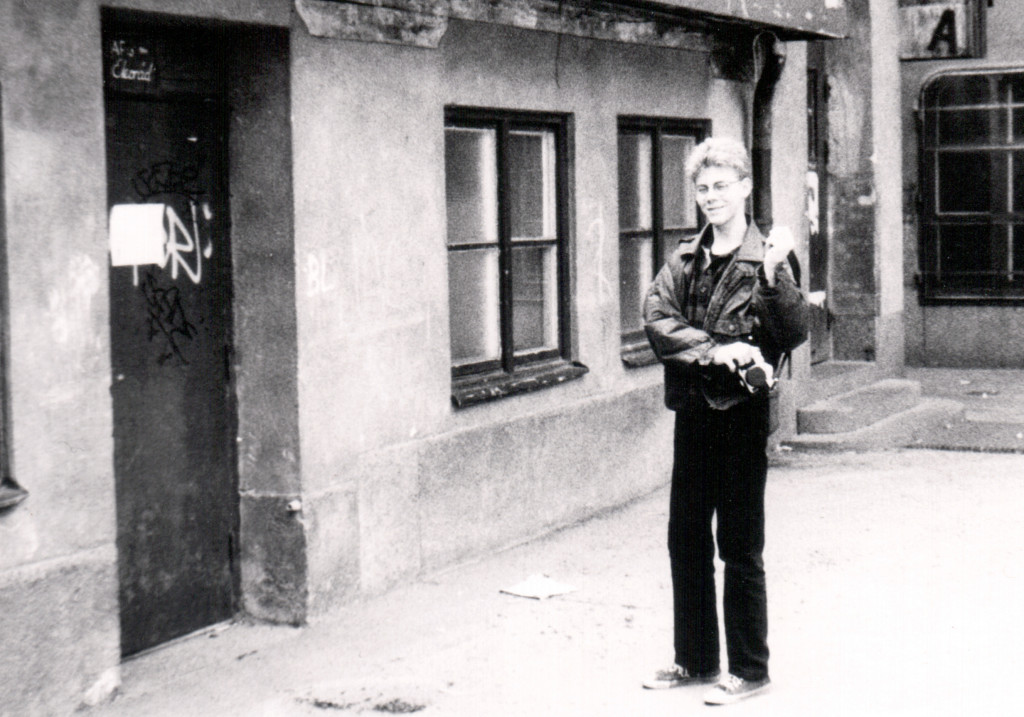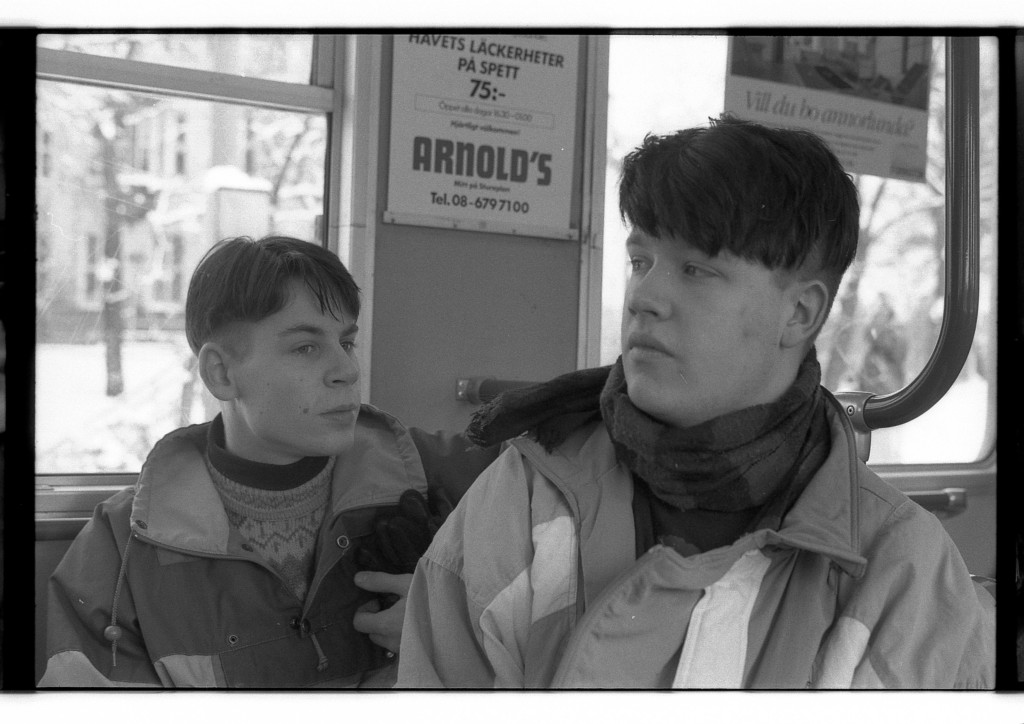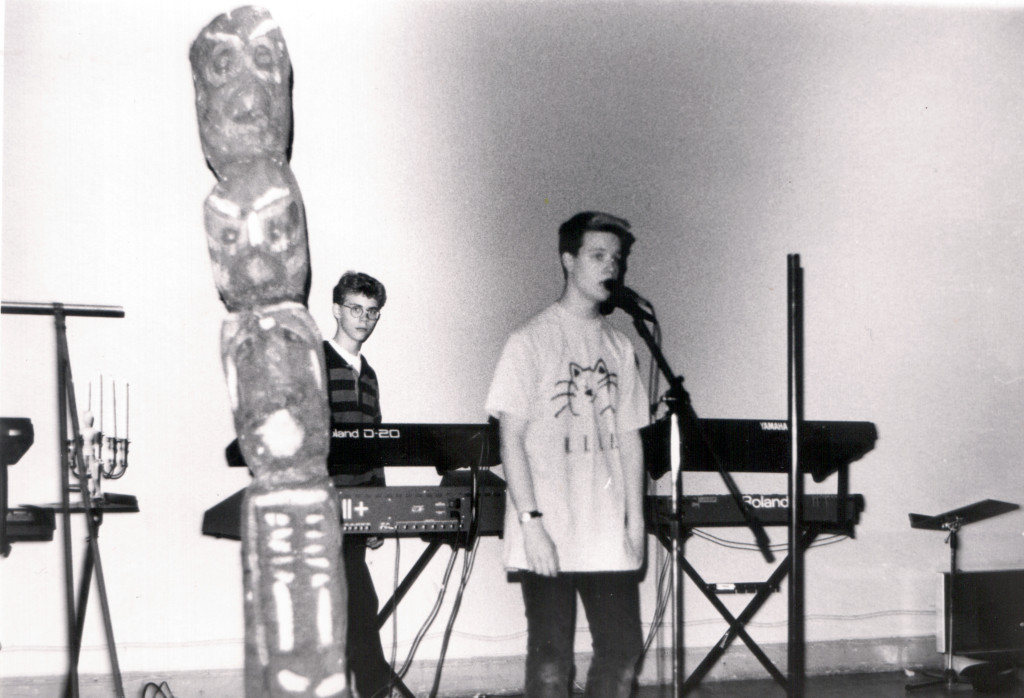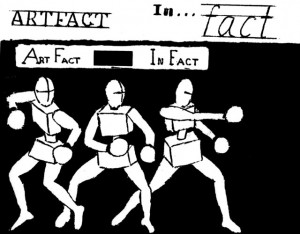Hold on, because this song exist in three versions!
It’s 1987. Thirteen-year-old Måns sits at home on Västmannagatan 33 in Stockholm and writes an uptempo song. He records it with what he has available: a piano and his dad’s TR-505, Tascam Porta 05 and MicroVerb. The result is a catchy but somewhat confused production.
A year passes. Måns has now teamed up with Olle and Anders to form Art Fact, using the songs recorded as a proof of concept. The first song to be tackled is Let’s Make Story. Anders owns a Yamaha PSR-70, and Olle a Casio CZ-101. Together with the TR-505 these synths are used to make the song sound more like a synth band. The result is even more hectic than the original, with a pumping octave bass and a nice monophonic synth hook. The arrangement is slightly less whimsical and clocks in at 1:40 instead of 2:19.
Fast forward to 1990. Art Fact are working on their second full-length demo cassette entitled Nowadays. Having trouble getting enough songs together, Let’s Make Story is once again remade, this time using the Roland D-20. As it is probably the most uptempo song in their repertoire, it is decided to put it as the opening song. A very long intro (including Anders’ brother counting backwards in Russian, as well as samplings from a aircraft carrier documentary and a Richard III movie) opens up to a slightly calmer and more structured version of the song, clocking in at 3:05.
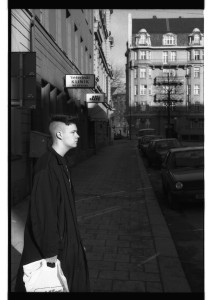
What more can be said? Hearing the first version of this song was really impressive I remember. I also remember playing back the second version to a friend at school, and being disappointed when he didn’t like it as much as I had expected. I mean, it had drums and a cool synth line! What’s not to like?
I have no clue what the lyrics are about, but using a word like “history” seemed very grown-up and cool at the time. The out-of-character kick drum and tom fills have survived even into the final version, being somehow an essential part of the song. The drum sounds on the final version are very typical of the D-20, and not a favorite now.
Overall, this song was a milestone in Art Fact’s history. It got the band together, it was the first song we recorded as a group, and it opened up Nowadays, maybe our best effort.
